#marseille tarot
Text
🪄 PICK 🥤 A 🗡️ CARD 🪙
Close your eyes. Breathe deep. Open your mind to the peaceful dark and quiet within. Let it become a vast midnight sea, sparking to life and then twinkling like stars. See new worlds and ways emerge, paths of interwoven wands, shining cups, unswerving swords, or glittering coins. Follow their trails and see the message before you in that colorful sea of inner brilliance. Watch a rainbow path unfold in the recesses of your mindscape. Then pick a card from the Gay Marseille by Charlie Claire Burgess.
Will you pick left, center, or right?

If you need more time to find your center and those sparks of light within the infinite possibility of the blank and darkened mind, take that time. Find that space within you where creative possibility bursts forth from the depths of your inner world. Let it open and expand and create fresh trails to explore.
How does that feel? I hope it allows you to step into the future with curiosity about what lies ahead but also peace in knowing you've chosen what's right for you.
Now pick a card (if you want) and read its message in the reveal.
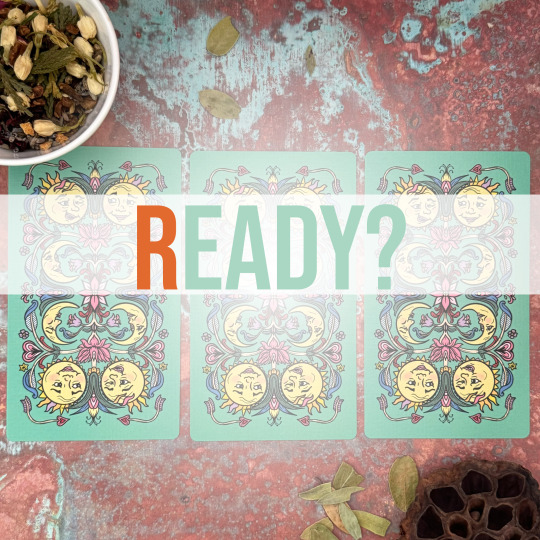
Let me know how it resonates, and share the post with those who might benefit from some inner wisdom.
If you need a more in-depth reading, schedule one with me. And if you want to divine with depth and insight, enroll in my self-paced tarot fundamentals course: Read Tarot like a Nerd.


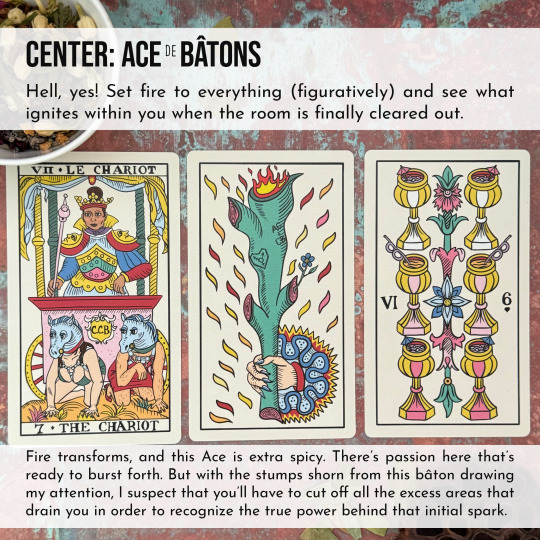

20 notes
·
View notes
Photo
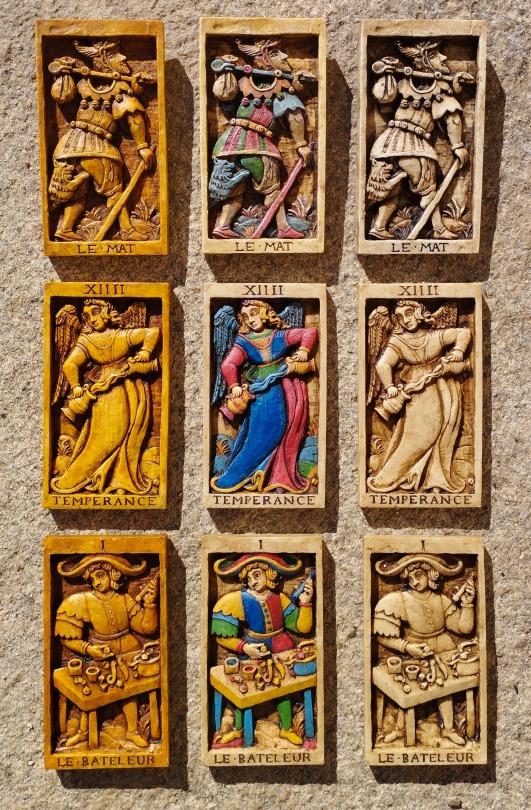
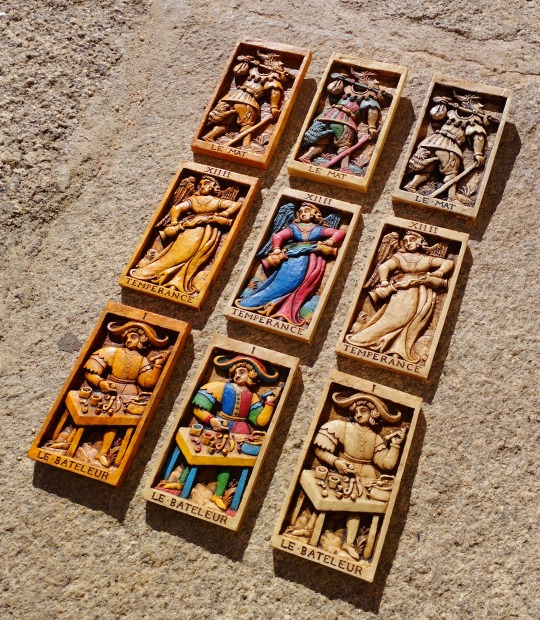

These three Tarot Cards accompany us on our journey:
The Fool opens the way, The Magician helps him as channeling his wild energy and Temperance controls and appeases those two by protecting them from obsession and mania.
Under the sun its reliefs, colors and patinas stand out. Although nothing like observing them with your own eyes.
Available in Arte Feudo’s Etsy Shop.
#Arte Feudo#sculpture#tarot card#tarot cards#the magician#temperance#the fool#le mat#le bateleur#tarot art#arcana#major arcana#jodorowsky#marseille's tarot#tarot deck#pick a card#marseille tarot#divination#tarot#astrology#Philippe Camoin#occult#witchcraft#tarot reading
255 notes
·
View notes
Text
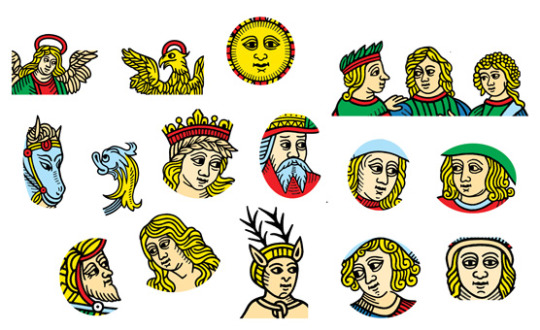

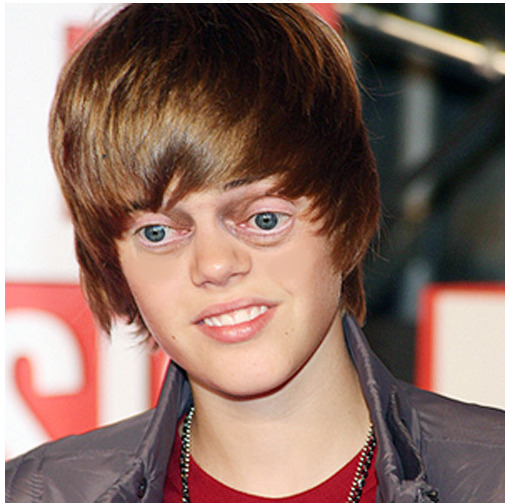
OMG THEY HAVE THE BUSCEMI EYES!
8 notes
·
View notes
Text
Marseille Tarot: Resources

Disclaimer
Keep in mind that the following resources are for Marseille-style decks specifically (therefore, most of them are not applicable to RWS-style decks).
last updated: 17/01/24
Books
➤ "The Open Reading"/"The Marseille Tarot Revealed"* by Yoav Ben-Dov
*it is the same book, but it is called differently depending on the edition (with the latter being printed on glossy paper and in full-colour and the previous being in greyscale).
➤ "Tarot of Marseille: A Guide to Interpretation" by Anna Maria Morsucci
➤ "Towards the Art of Reading" by Camelia Elias
➤ "Read Like the Devil: Marseille Tarot" by Camelia Elias
➤ "The Castle of Crossed Destinies"** by Italo Calvino
**this isn't a Tarot guidebook and, as such, it won't provide you with card meanings. It is a great example on how the Open Reading method works angloside storytelling, though.
YouTube
➤ Tom Benjamin (Channel)
➤ Wolf of Coins (Channel)
➤ 78 Puertas (Channel)
➤ Introduction to the Marseille Tarot (Video)
Websites
➤ Yoav Ben-Dov's website
➤ Tarot Heritage
➤ Taroflexions (Camelia Elias' website)
9 notes
·
View notes
Text

[OC] The Gates of Heaven / The Conquest of the Underworld
My Ludovic and https://twitter.com/VenenumTea's Astolfo, as the union of the 5-5 Major Arcana my Marseille Tarot deck gave me as their mirror image. I took elements from the 5-5 Major Arcana I got for them to create their images. The Arcana my deck gave me were the High Priestess, the Hierophant, the Lovers, Judgment, and the Star for Ludovic, becoming the Gates of Heaven, and the Chariot, Strength, the Devil, the Sun, and the Tower for Astolfo, becoming the Conquest of the Underworld.
As for the style of this piece I wanted to honour my Marseille Tarot deck as it has been my faithful guide and a great source of inspiration. My deck is from Le Tarot Pas à Pas by Marianne Costa, and is a reproduction of the deck Pierre Madenie made in 1709.
Details: on many of my cards the traces of the black outline of a different Arcanum can be seen, and I wanted to keep this: you can see the lineart of the other dimly in the background.

I got most of my Tarot knowledge from Costa's Le Tarot Pas à Pas, Jodorowsky's The Way of the Tarot, and Anonymus's Meditations on the Tarot, the latter imparting knowledge on the Major Arcana from the point of view of Christian hermeticism, treating them as spiritual exercises. These books all deal with the Marseille Tarot deck. The Rider-Waite-Smith deck, which is more popular, is different in many points, and reads differently.
#tarot#tarot cards#the high priestess#oc#original character#oc art#digital art#digital artist#artists on tumblr#marseille tarot#tarot de marseille#the chariot#Ludovic#Astolfo#eralacrimae
18 notes
·
View notes
Text

The Madman, first of the Major Arcana and my adaptation of it.
5 notes
·
View notes
Text
A reading that slays
A reading that slays
For over two decades my partner, Bent Sørensen, had to witness my morning rituals with coffee and fumes, the latter in the form of strange smelling incense or freshly baked croissants. As a standard accompaniment to these, the use of cards.
I’d put down three to five cards, and I’d go like this: ‘not today,’ or ‘what a fascinating idea!’ Other variations of the exclamatory kind would be based on…

View On WordPress
5 notes
·
View notes
Text
If you read both RWS and Marseille: Do you keep a separate tarot journal for RWS and TdM card meanings?
So I have a digital tarot journal with one file for each card where I add info from books I read, so it's like a "cheat sheet" for readings. I'm looking to get into Marseille, and I'm wondering if it would make more sense to start a separate journal since I've heard Marseille has a different reading system.
#tarot#tarot journal#rws#tdm#tarot de marseille#marseille tarot#like on one hand everything would be in one place but on the other hand the file might get Too Big#but if they're separate... how to handle file names...#I've been at this crossroads for too long
0 notes
Text

i think my springwinter cards are telling me to grow a spine and trust in the everyday rhythm despite the rough times. and i think that's fair. i knew that already.
#tarot#marseille tarot#i cant say the hanged man is a close acquaintance but i do like his attitude. not sure i can do that tho.
1 note
·
View note
Text

Creating a tarot deck !
What is the most intuitive or attractive for you?
First is inspired from Sola Busca and Etteila , second Marseille derived .
Let me know your opinion
First draft 🥰
#thoth tarot#marseille tarot#reading tarot#tarot business#tarot deck#tarotblr#divination#tarot#tarotcommunity#rider waite tarot#tarot stuff
1 note
·
View note
Text
🩷 PICK 💛 A 💜 CARD 💚
Close your eyes. Breathe deep. Open your mind to the magical carnival of joy within. Let it become a landscape of sweetness and cuteness, where plants blossom and rabbits frolic. Enjoy the bright colors and soft pastels all around you, and watch as the images play across the expanse of your mind. Then pick a card from the PipSpeak Tarot by Zaara KittenChops.
Will you pick left, center, or right?
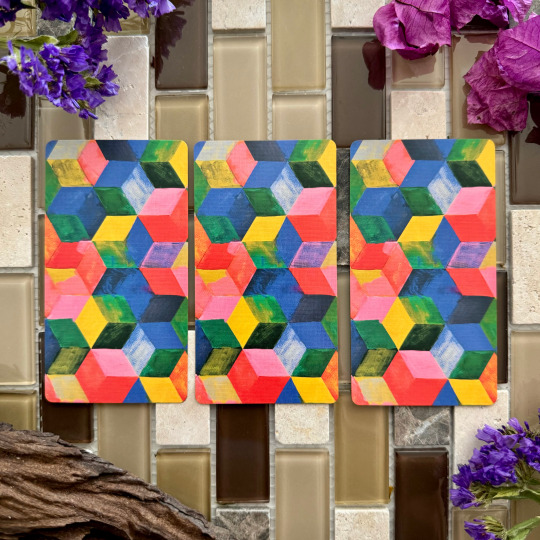
If you need more time to find your joy within the infinite possibility of the blank and quiet mind, take that time. Find the space within you where new flowers burst forth or a garden emerges from the unlit spaces of your mind. Let it unfold and expand and create new inner realms to explore.
How does that feel? I hope it allows you to step into the future with the knowledge that sweetness and play are ultimately healing.
Now pick a card (if you want) and read its message in the reveal.

Let me know how it resonates, and share the post with those who might benefit from some inner joy.
If you want to read tarot with depth and insight, enroll in my self-paced intensive, Read Tarot like a Nerd or join in for a full semester of courses starting in January.
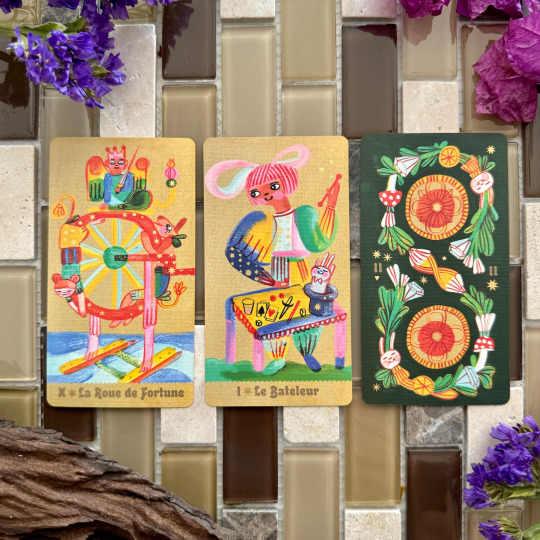
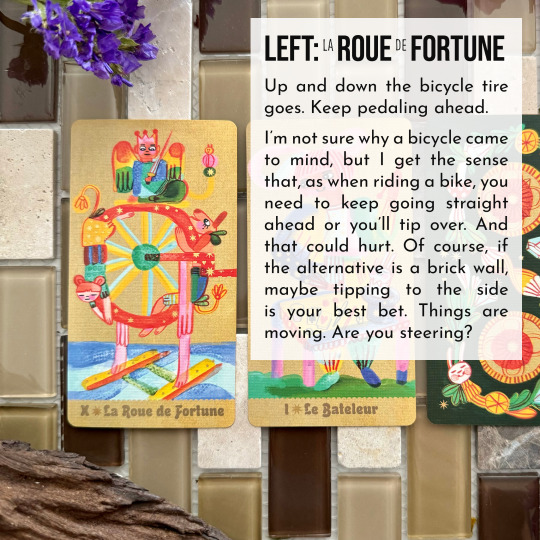
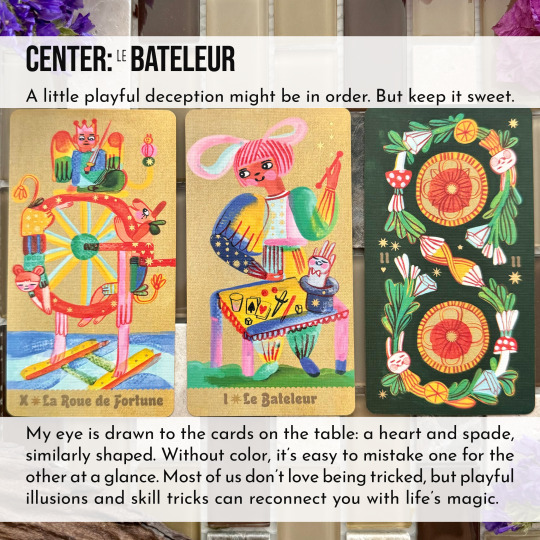
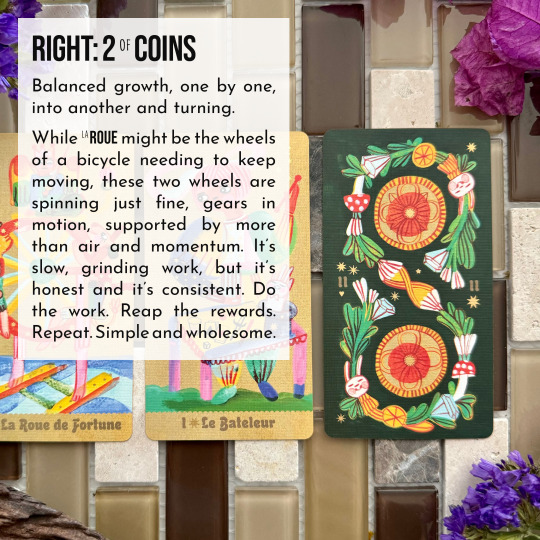
19 notes
·
View notes
Video
Temperance is the fourteenth arcane of the tarot, represented by an angel that mixes the contents of two vessels. It speaks to us of salvation and harmony through self-control, calm action and moderation.
Available in Arte Feudo’s Etsy Shop.
#arte feudo#sculpture#tarot#tarot card#tarot cards#temperance#marseille's tarot#marseille tarot#tarot art#major arcana#arcana#tarot deck#pick a card#tarot reading#divination#astrology#jodorowsky#Philippe Camoin#occult#witchcraft#templanza#la templanza
84 notes
·
View notes
Text
Estrella Tarot by Ash la Estrella

Modern Marseille style tarot deck that is colorful and diverse
IG ash_la_estrella
0 notes
Text

Very excited about this one 😊
I was gifted the Psico Tarot by my best friend for Christmas, an abstract Marseilles deck.
It’s my first Marseilles & completely in Italian.
I was geeking tf outtt when I got it.
#lexistentialism#l3xistentialism#tarot#tarot decks#marseille tarot#Marseille#Pscio tarot#tarot deck#tarocchi
1 note
·
View note
Text
Tarot Systems: a look at RWS and TdM


Introduction
I have been a Tarot reader since 2019. Yet not once was I told of the existence of different Tarot systems, if not in early 2023 (when I officially started studying Marseille-based decks). That is because, being an Rider-Waite-Smith reader surrounded by Rider-Waite-Smith resources, I had never even assumed there could be different systems out there.
I guess you could say that this is the beauty of learning: the more you learn, the more yu question everything and (if you are lucky) the more you find out that what you used to take for granted should not have been taken for granted at all.
The objective of this blog is to illustrate the main differences between two of the most popular Tarot systems: the Tarot de Marseille (shortened, TdM) and the Rider-Waite-Smith Tarot (shortened, RWS). To do so, I have decided to divide this post into three “chapters”. First and foremost, we are going to take a look at the history of Tarot and the origin of both types of deck: this way, we will be able to better understand the differences that gave birth to the two systems. Secondly, I will be discussing how to tell a TdM-based deck from an RWS one. Lastly, I will indeed explain how the two systems work differently when it comes to divination.
I have purposefully decided not to include Aleister Crowley’s Thoth Tarot (which would be the third most popular Tarot system), due to my lack of knowledge on the subject.
One disclaimer I feel like adding is the following: not everybody is going to agree with what I have to say, and that is fine. Matter of fact, Tarot is heavily based on personal preference and personal beliefs: there is no Tarot reader that reads the same way another does. For this reason not only are there going to be cartomancers who claim that there is no thing such as “different Tarot systems”, but there will eventually also be Marseille readers just like myself who claim that there are many more differences between TdM and RWS (that I might have omitted). Still, each and every point of view is valid and should as such be respected.
Without further ado, let us get started.
Chapter 1 - History
For the sake of staying on topic, I will only provide you with a summarised history of Tarot. For a further reading, I recommend you to visit Tarot Heritage.
Games based on playing cards were most probably imported from China to the Islamic world in the last few centuries of the Middle Ages. Such decks (called Naibes) were later on distributed by Mameluks to Europe: thus, the Minor Arcana (and their four suits) were born.
We will run into the birth of a fifth suit (the now-called Major Arcana, which were then named “Trionfi”) only in 1425 circa, when duke Filippo Maria Visconti of Milan decided to commission a Tarot deck. He had asked specifically for representations of Christian allegories, including values (Strength, Temperance) and temptations (the Devil).
The deck we have just mentioned, the Visconti-Sforza Tarot, is the ancestor of the Tarot de Marseille (both the iconography and the structure of the Italian deck seem to have passed the trial of time). In fact, sheets of uncut cards dating to the first years of the 16th century have been found in Northern Italy and they might just have been the first ever decks to have been distributed to the common folk. Around the mid-16th century, Marseille is going to become the most important center of production of Tarot decks: for this reason, the decks printed here will be called “Tarot de Marseille” or “Marseille Tarot”.
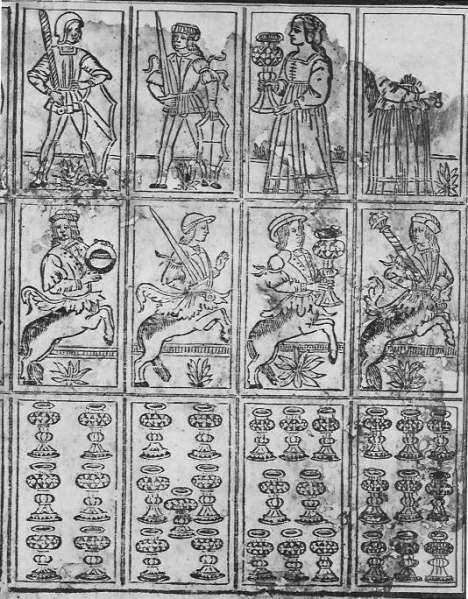
Eventually, with time, the production of Tarot decks will cease in most European countries (Italy being an exception) in favor of more simple suit designs and a smaller amount of cards (we are talking about the ancestors of Poker decks, that is). Only occultists will keep on using Tarot decks, mainly for divination purposes (an honorable mention is Jean-Baptiste Alliette, Etteila).
Things will change in 1909, when former Golden Dawn member Arthur Edward Waite will publish his own Tarot deck, drawn by Pamela Colman Smith and later on distributed by the Rider company. Shortly after that, Waite will also write “The Pictorial Key to Tarot”, a “guidebook” to his deck. The creation of this deck is revolutionary to say the least: the Minor Arcana are now scenic (they represent people and stories, which makes the interpretation process easier. To this day, the RWS deck remains a worldwide success.
Now that we have covered the history of both the Marseille and the Rider-Waite-Smith Tarots, there are a couple of final considerations that we must address:
The two decks, having been created in different time periods, are influenced by different philosophies (TdM is heavy on Christian, alchemical and Pythagorean themes; RWS, on the other hand, mixes together Christian and Esoteric elements). Nonetheless, we do have to keep in mind that the Marseille Tarot was taken as inspiration for the RWS deck (and this is the reason why, even though we are talking about different systems, they still have a lot in common).
While the Rider-Waite-Smith deck was created specifically as a divination tool and has an “official guidebook” written by A. E. Waite, the Marseille Tarot was created as a game (thus, not only does it lack a guidebook, but for centuries it was not used as a divination tool at all).
The Tarot de Marseille slowly became the Poker playing cards deck, so there is a strong connection between the two.
Chapter 2 - Differences within the structure
Now that we have discussed the history behind the two systems, we should also take a look at the structure. The objective of this part is to answer the question "How do I know if I'm looking at a Tarot de Marseille/Rider-Waite-Smith deck when I see one?".
The main difference between the two decks is in the Major Arcana; specifically, in the position of the following cards: the Strength and the Justice. Tarot de Marseille-based decks will, in fact, be characterized by the Justice in the eighth position ("VIII. Justice/La Justice") and the Strength in the eleventh ("XI. Strength/La Force"). These two cards will be swapped with time, to better fit the Qabbala (which many occultists used as a guide to interpret the Major Arcana). Consequently, in Rider-Waite-Smith decks, the Strength will be placed in the eighth position while the Justice holds the eleventh position.
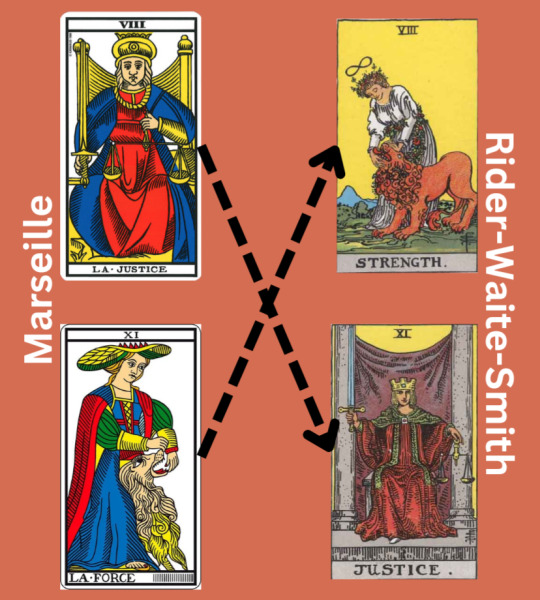
Furthermore, a deck can be considerable "Marseille" when the Minor Arcana are not scenic (when the Minor Arcana are pips, that is, and they only show the element of the suit repeated as many times as the number of the card). Rider-Waite-Smith decks can, too, have non-scenic Minor Arcana. However, in this case the pips are not mandatory (the same cannot be said about the Marseille Tarot, since the pips play a major role in interpretation).

So, to summarize this paragraph:
Tarot de Marseille: VIII. Justice; XI. Strength; non-scenic Minor Arcana pips (mandatory).
Rider-Waite-Smith: VIII. Strength; XI. Justice; either scenic or non-scenic Minor Arcana.
Chapter 3.1 - Differences within the systems: interpretation
Finally, we get to the most important part of this blog: how do all of these historical and structural differences translate into a divination context?
First, let us describe the differences that have to do with interpretation and card-meanings.
As we have said at the end of "Chapter 1 - History", even though the RWS and the TdM systems are different in many ways, they do have a lot in common. This is the reason why the Major Arcana are read almost identically in both systems. An exception, in this case, would be the "VI. The Lovers/L'Amoreux" card, which Marseille readers tend to interpret as "choosing" rather than "being in a loving relationship" (even though recent debates would argue otherwise).
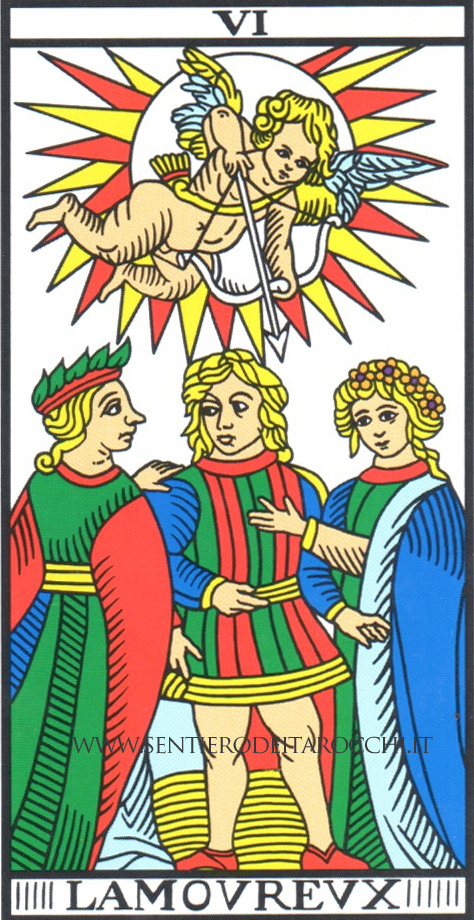
As mentioned before, the very big difference between the two systems lies in the way the reader interprets the Minor Arcana. In this case, I need to stress again the fact that Tarot de Marseille does not have an official guidebook. Hence, there are no official/set meanings of the cards. This is not much of a problem when discussing the Major Arcana, since we can decrypt their message via iconography; the same process cannot be applied to the pips. Thus, we have to come up with another key to the interpretation. There are many ways to interpret pips, which can be used separately or together. Here, I will describe the two most-popular ones:
In the majority of the cases, the key to interpreting pips is numerology. By adding together the meaning of the numbers to the characteristics of the suit, the reader can come up with some quite interesting meanings for each Arcana. This method draws a lot inspiration from traditional cartomancy (it is not uncommon for a Marseille reader to use playing cards' number meanings). Let me provide you with an example: the 2 of Pentacles. 2s stand for duality, balance, partnerships. Pentacles is the suit revolving around finances and money. 2 of Pentacles must, in this case, stand for a business partnership.
Another key to interpret pips is the Open Reading method. By using this method, Tarot readers let intuition and imagination take over, coming up with brand-new meanings for each reading. In his book about Tarot, Yoav Ben-Dov suggests that the 8 of Pentacles can be seen as a building where each employee must stick to their assigned role.
At a first glance, you will see that there are no established meanings no matter which way you interpret pips (you will always discover more number meanings to apply to your readings, let alone using the Open Reading method). The same cannot be said about RWS' scenic Minor Arcana, since you can come up with your own meanings only to an extent (due to the fact that there is already a set meaning, both in "The Pictorial Key to Tarot" and iconographically).
Last but not least, there is a slight difference between the RWS suit of Swords and the TdM suit of Swords. While the first one revolves around heartbreak, difficulties and problems, the second one focuses on the mind, academic studies and thought-process. Let me provide you, once again, with an example: the 3 of Swords. First, let us interpret it "the Marseille way": 3 is growth, creativity and fertilization; Swords revolve around the academic world; hence, the 3 of Swords represents an idea that is growing and is quickly drawing our attention and effort (or, at least, that is how I would interpret it). If we are to interpret the same card "the RWS way", we would necessarily have to talk about heartbreak and/or a disappointing emotional connection.

Chapter 3.2 - Differences within systems: reading
Not only are there differences meaning-wise between the two decks, but there also are some differences in the way one usually does a reading.
On many Marseille Tarot-focused books, you will find that readers tend not to use pre-made spreads (very popular in the RWS world). In fact, it is much more common for a Marseille reader to draw as many cards as needed and connect them to one another in order to formulate a response without looking at a spread at all. Many of them do so because they feel that each card must support one another to build a complete meaning and they do not have a strong-enough meaning alone (this is why many Marseille readers also tend not to draw just one card of the day). However, as everything in Tarot, this is more of a rule of thumb rather than a rule. Other Marseille readers might feel comfortable using pre-made spreads just as much as their RWS counterparts.
Lastly, many "bilingual" readers (who read both RWS and Marseille, that is) tend to say that Marseille readings are very straight-forward and condensed, while RWS readings can be much more complex and articulated.
Epilogue
There is a lot to say about the differences between RWS and Marseille Tarots. The ones I have included here are, in my opinion, the most important ones. Both worlds are ever-so fascinating and both journeys can be equally rewarding.
I would like to end this blog by doing a metaphor: Tarot systems are just like languages. Languages sound, act and perform differently, just like Tarot systems. There are some "languages" that we might feel more comfortable speaking in and others that we might just never learn, but no language is "better" than the other. There might be a language you prefer to read poetry in and another to read novels in, just like I might prefer using Marseille for pragmatic readings and RWS to explore the complexity of the Great Mystery. You can "speak both systems", or you can decide to only "speak" one.
At the end of the day, though, what really matters is communicating no matter the language.
Resources
Forum discussions
➢ Forum post on differences
YouTube videos
➢ Reddit post on differences
➢ Tumblr blog
➢ The Simple Tarot Video
➢ Wolf of Coins Video
➢ Hummingbird Tarot Video
➢ Tom Benjamin Video
➢ Tom Benjamin: Pip vs. TdM
➢ Antithesis: Just one system (TIERRA: Princess of Wands)
Books
➢ Jodorowsky, A; Costa, M. "The Way of Tarot"
➢ Ben-Dov, Y. "The Marseille Tarot Revealed"
➢ Morsucci, A; Aloi, A. "Tarot of Marseille: A Guide to Interpretation"
➢ Elias, C. "Towards the Art of Reading"
➢ Elias, C. "Read Like the Devil: Marseille Tarot"
➢ Tuan, L. "Il Linguaggio Segreto dei Tarocchi"
➢ Calvino, I. "The Castle of Crossed Destinies"
➢ Albertini, F. "Il nonlibro dei Tarocchi"
#tarot deck#marseille tarot#tarot cards#tarotblr#tarot reading#tarot de marseille#tarotcommunity#rider waite smith#tarot
3 notes
·
View notes
Text
Tarot Tips this Mercury Retrograde 🌠

Did you know the content of love readings may change this mercury retrograde?
Missed communications can be a theme of the retrograde (think the ending of romeo and juliet)
manifesting can be harder because the messages you are sending out to the universe can get scrambled.
WHAT CAN YOU DO?
◇ ♣︎ ♡ ♠︎ ☆ • ◇ ♣︎ ♡ ♠︎ ☆ • ◇ ♣︎ ♡ ♠︎ ☆ • ◇ ♣︎
When you do any readings over this retrograde period LOOK VERY CLOSELY at the direction the figures are facing. This can tell you more about connections between cards and in your life - and mercury is a planet of connectivity in some ways.
This reading shows how manifesting might go. right is your conscious mind, left is your unconscious. Note how the reversed king of cups is looking to the two of swords.
This shows that emotional disconfort you experience consciously may be due to subconscious ideas and beliefs.
The likely result, top, indicates you may be taking a rest to contemplate this and remove any blockages.
◇ ♣︎ ♡ ♠︎ ☆ • ◇ ♣︎ ♡ ♠︎ ☆ • ◇ ♣︎ ♡ ♠︎ ☆ • ◇ ♣︎
#dark academia#dark academic aesthetic#playing card aesthetic#astrology#mercury retrograde#mercury#shadow work#daily tarot#tarot reading#marseille tarot#tarot of tumblr
1 note
·
View note